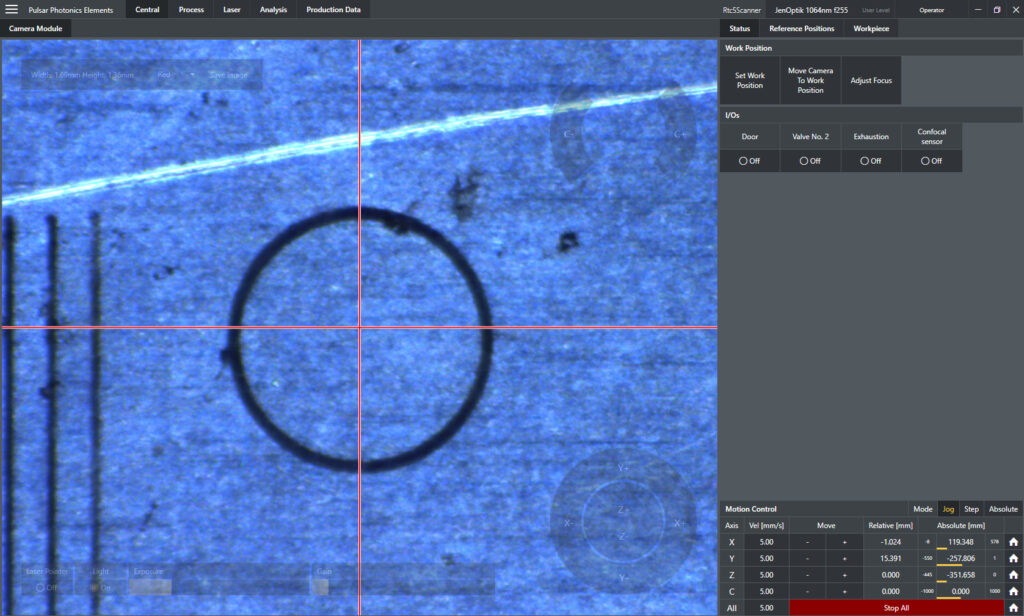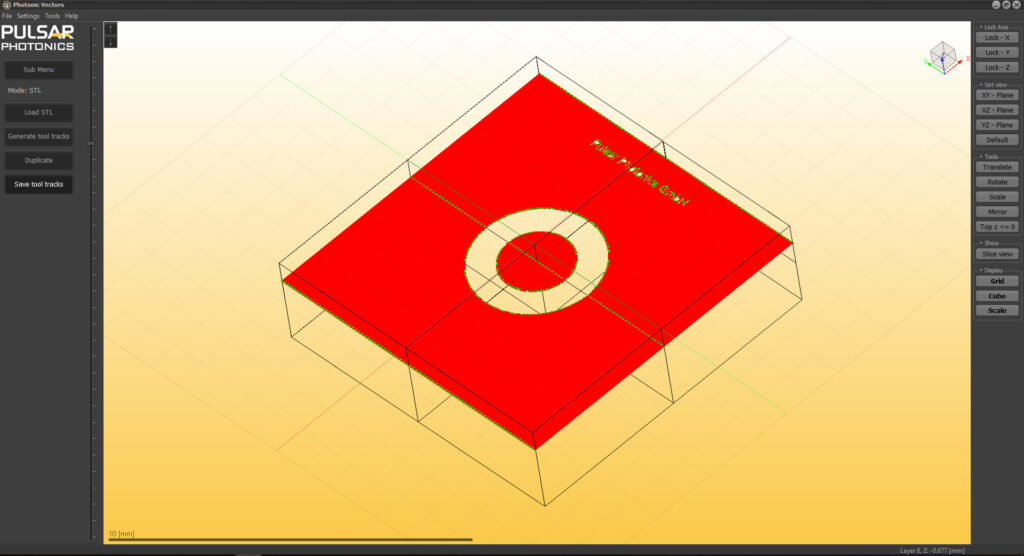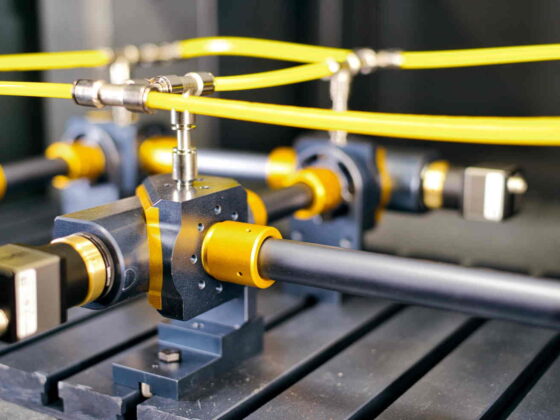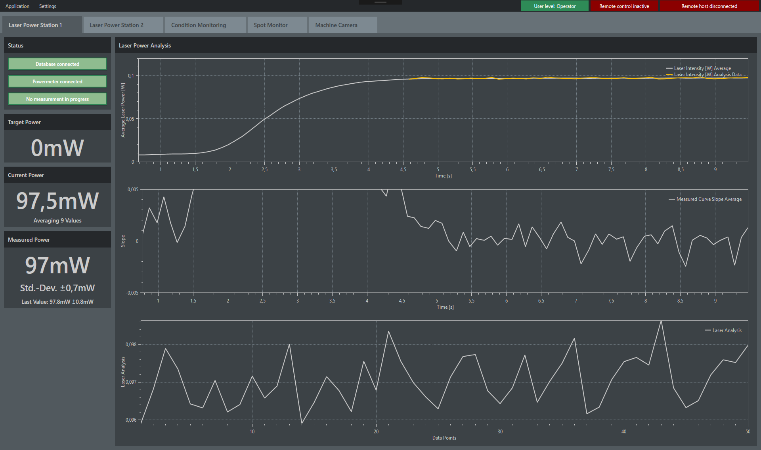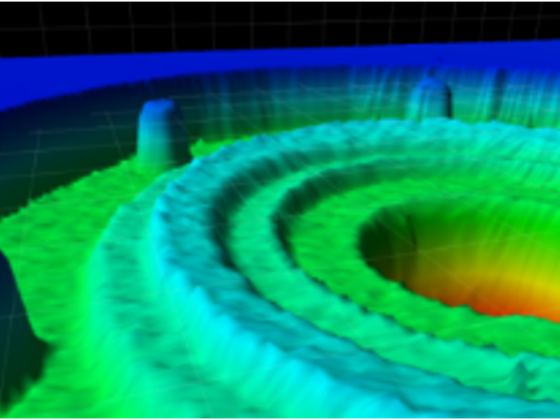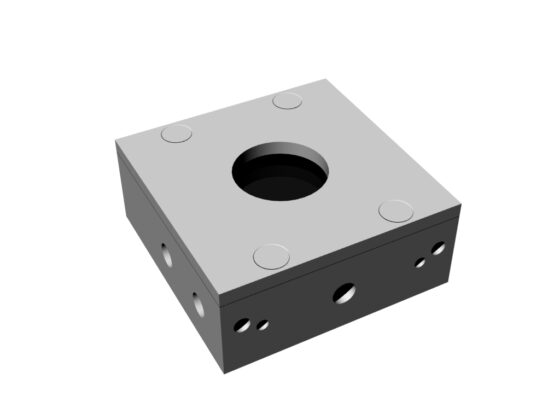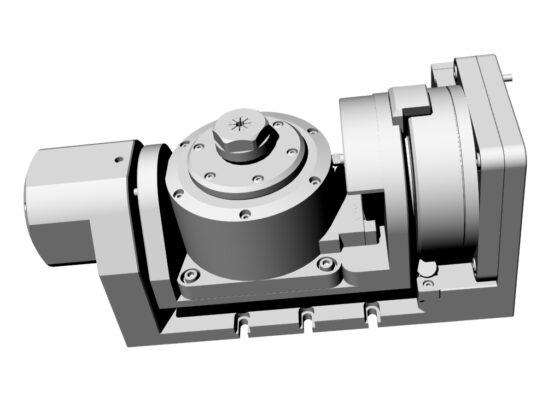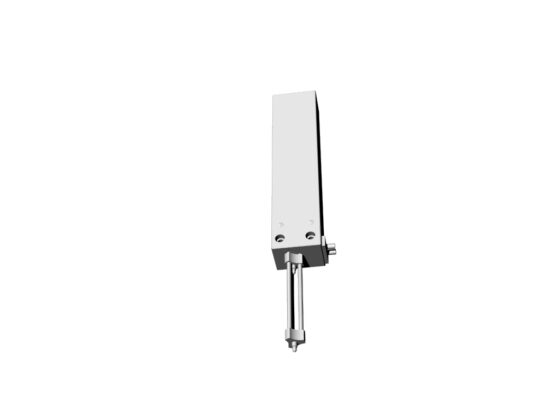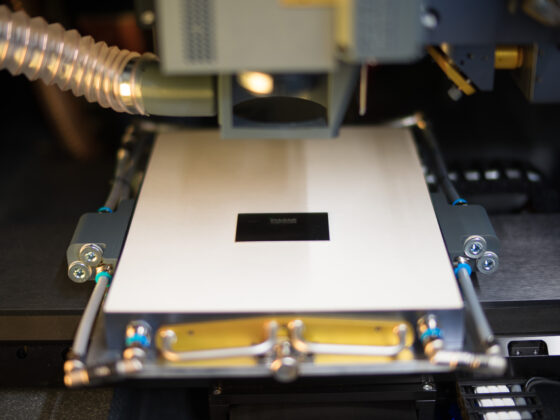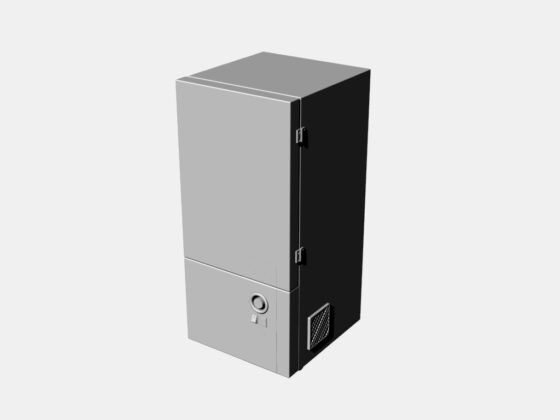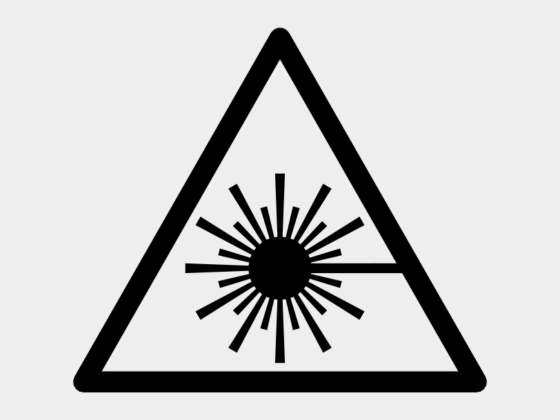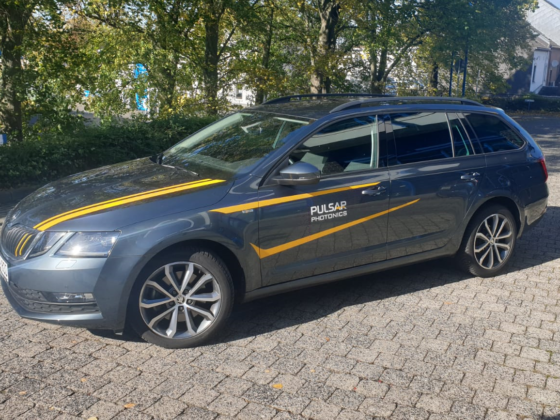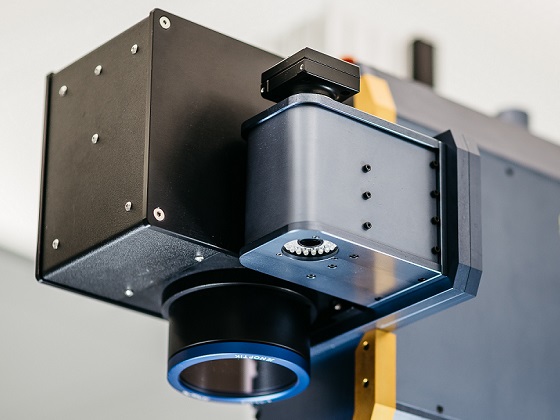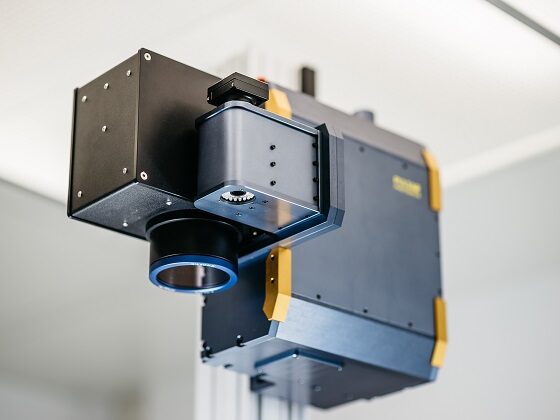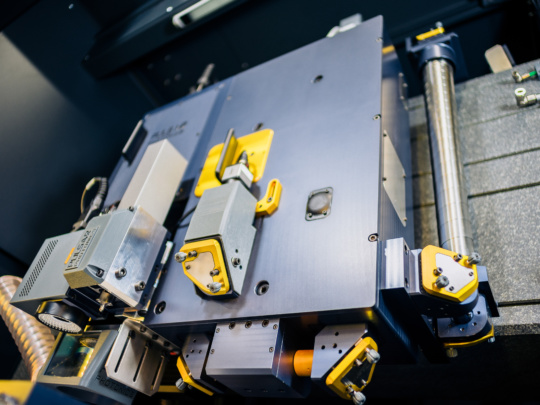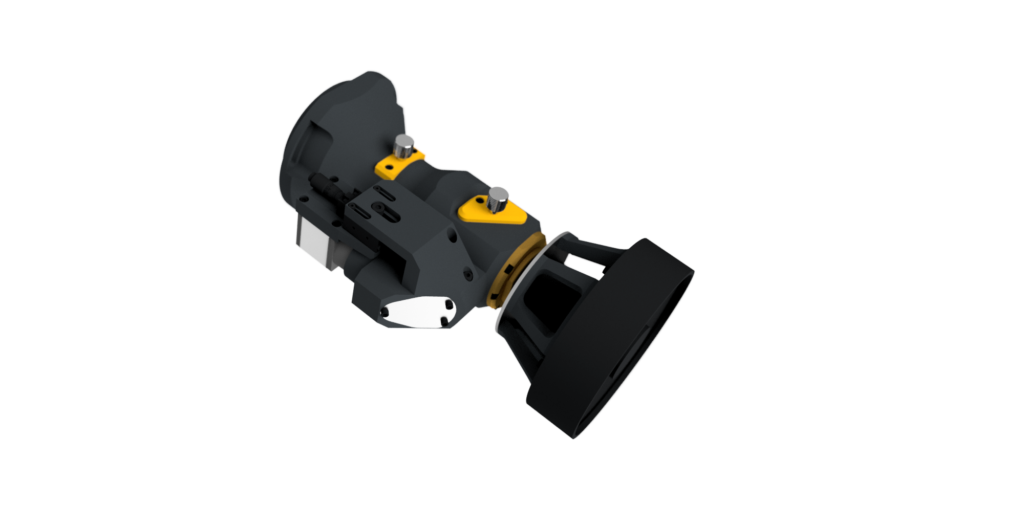Pulsar weiht neues Hauptgebäude ein
Aachen, 7. November 2024
Mit unserem gesamten Team, der Geschäftsführung von OptoTech und AIXEMTEC GmbH haben wir Mitte Oktober die Einweihung unseres neuen Hauptgebäudes in Aachen, Verlautenheide gefeiert. Neben einem gemeinsamen Grillevent mit der gesamten Belegschaft durfte auch das rote Band nicht fehlen, das symbolisch von unserer Geschäftsführung durchschnitten wurde. Das Werk wird voraussichtlich Mitte November bezogen. Auf der 1.600 m² großen Fläche sind neben einem neuen Bürotrakt vor allem Montage- und Produktionsflächen geschaffen worden.
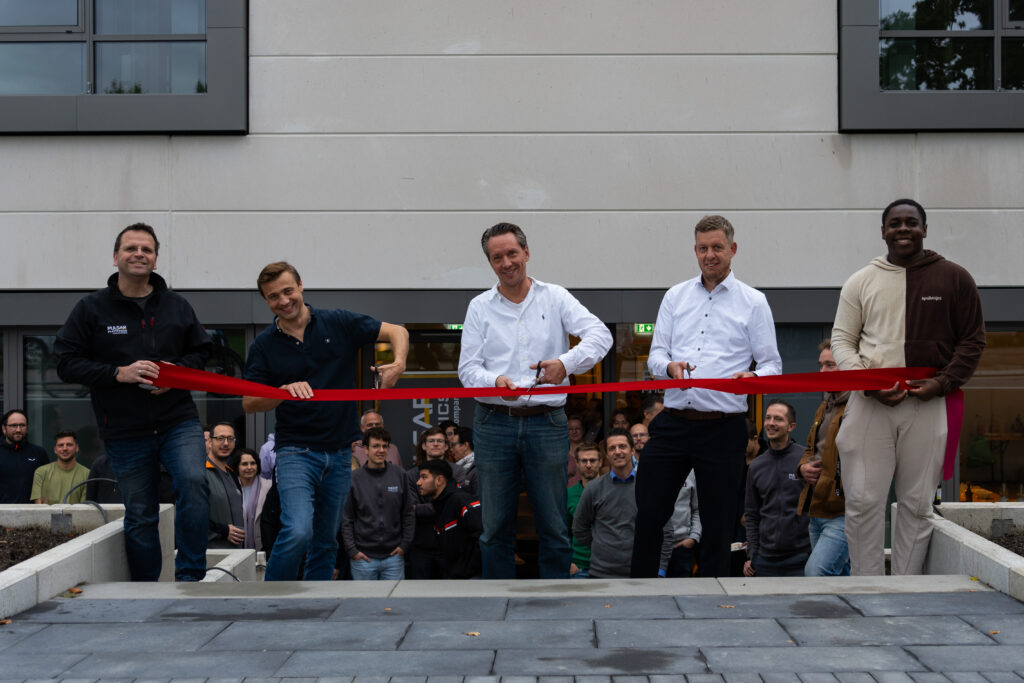
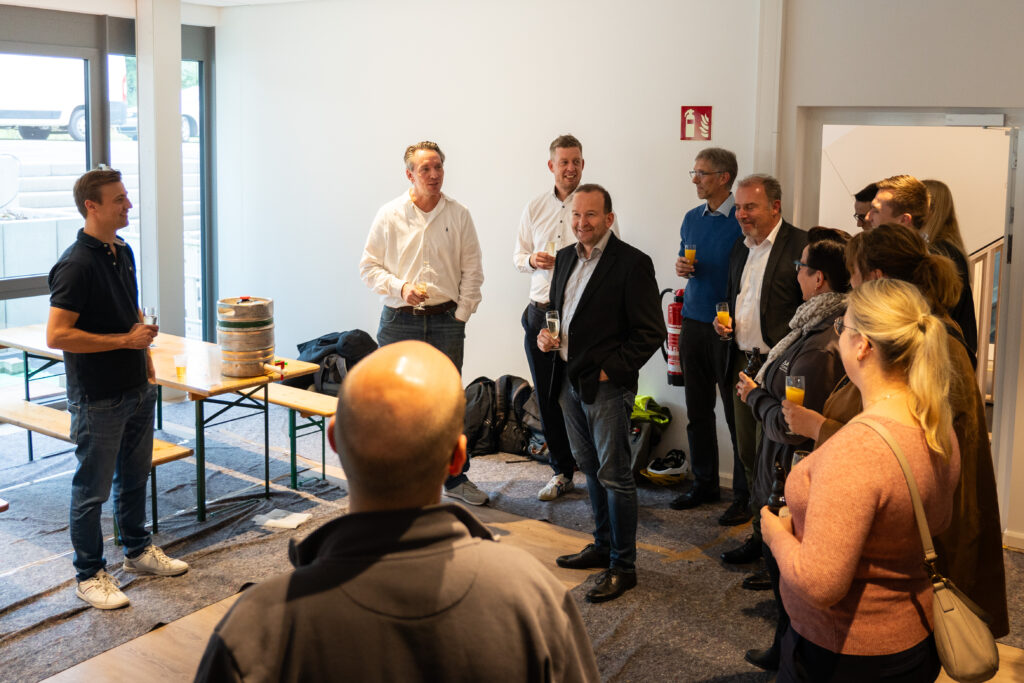
Mit dem stetigen Firmenwachstum und einer heutigen Mitarbeiterzahl von über 100 war der Bedarf an weiteren Arbeitsräumen schnell da. Nach dem Bau des neuen Werkes für das Laseranwendungszentrum im letzten Jahr fiel kurz danach der Spatenstich für das neue Headquarter „Werk 1“ in der Alten-Würselener-Straße.
Für die Umsetzung des neuen Gebäudes, in dem später vor allem montiert und produziert werden soll, wurde eine siebenstellige Investition getätigt. Mit einer Arbeits- und Montagefläche von etwa 1.600 qm ist der erste Bauabschnitt des neuen Werkes nun fertiggestellt worden und einzugsbereit.
Bei der Einweihungsfeier Mitte Oktober gratulierte nicht nur die Geschäftsführung des Schunk-Schwesterunternehmens Optotech, sondern auch der neue Schunk-Partner Aixemtec aus Herzogenrath.
Beste Verkehrsanbindung für Kunden und Partner
Die hervorragende Anbindung an das Autobahnkreuz Aachen bietet Pulsar Photonics auch logistische Vorteile, sowohl für Kunden als auch für Lieferanten und Dienstleister. „Unser Ziel ist es, unsere Präsenz als Laserunternehmen in der Region weiter zu stärken“, sagt Dr. Jens Holtkamp, Geschäftsführer bei Pulsar Photonics. Der neue Firmensitz wird nicht nur repräsentativ gestaltet, sondern soll auch die Sichtbarkeit des Unternehmens auf ein neues Niveau heben.
Beste Bedingungen dank Infrastrukturpartner walbert-Schmitz
„Wir wollen nicht nur aufgrund der günstigen Anbindung für Personal attraktiv sein, sondern auch alle Aspekte für einen Arbeitsraum in moderner und angenehmer Atmosphäre berücksichtigen“, so Ryll. „Vom Homeoffice zum Office Home“, so bezeichnet Burkhardt Mohns, geschäftsführender Gesellschafter bei W-S, gerne diese Entwicklung. Durch ihn ist die Bereitstellung eines neuen Hauptgebäudes erst möglich geworden.
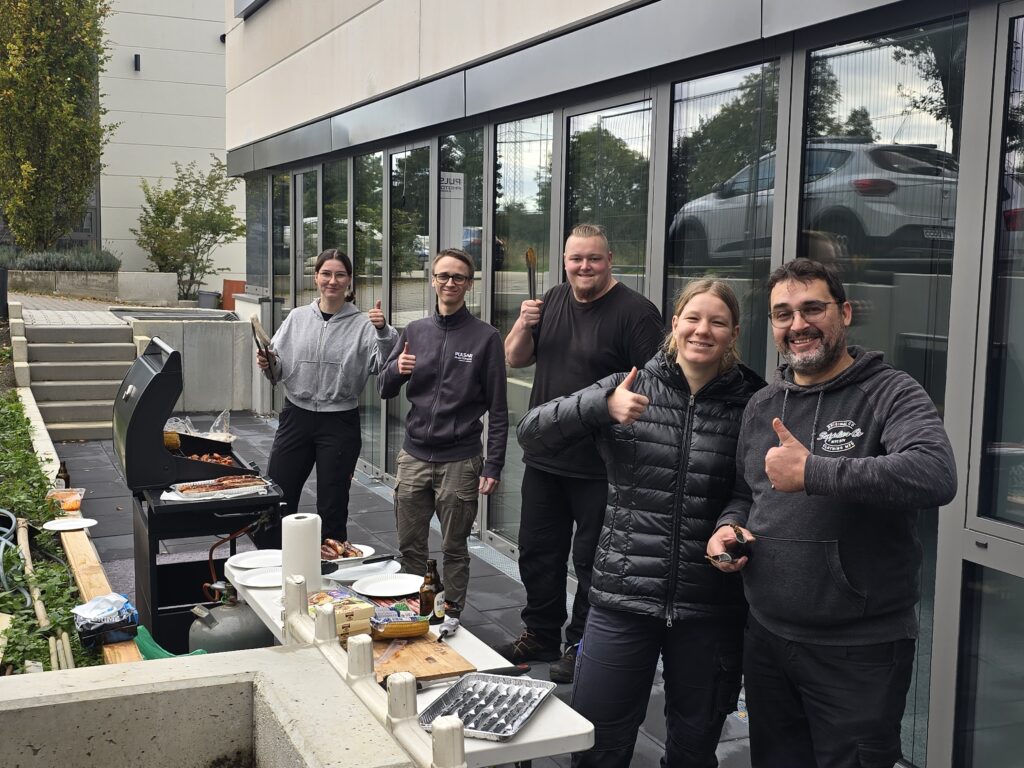
Pulsar Photonics
Die Pulsar Photonics GmbH ist ein innovatives HighTech-Unternehmen in der Lasertechnik. Das Leistungsspektrum des Unternehmens umfasst die Laser-Prozesstechnik, den Anlagenbau mit Software-Entwicklung sowie die Sparte Laser-Systemtechnik.
Das Unternehmen beschäftigt sich seit der Gründung intensiv mit Skalierungsansätzen für die Produktion. Für Kunden werden dafür exklusiv Leistungen von der professionellen Anwendungsentwicklung, über das Ramp-Up bis zum Aufbau automatischer Produktionsmaschinen mit Service und Know-How-Transfer abgebildet. Pulsar Photonics investiert dazu kontinuierlich in eigene Fertigungskapazitäten für die Einzelteil- und Serienfertigung mit (Ultra-) Kurzpulslasern. Kernprozesse sind das Strukturieren, Bohren und Präzisionsschneiden.
Die Pulsar Photonics GmbH hat ihren Hauptsitz in Aachen. Das Unternehmen wurde 2013 als Spin-Off des Fraunhofer ILT in Aachen gegründet und in der Wachstumsphase vom Hightech-Gründerfonds HTGF, Bonn finanziert. Seit 2021 ist Pulsar Photonics Teil der Schunk Group.
Das stark wachsende und profitable Unternehmen gehört mit heute mehr als 100 Beschäftigten zum deutschen Mittelstand und ist Teil der Strukturwandel-Initiative LaserRegionAachen.
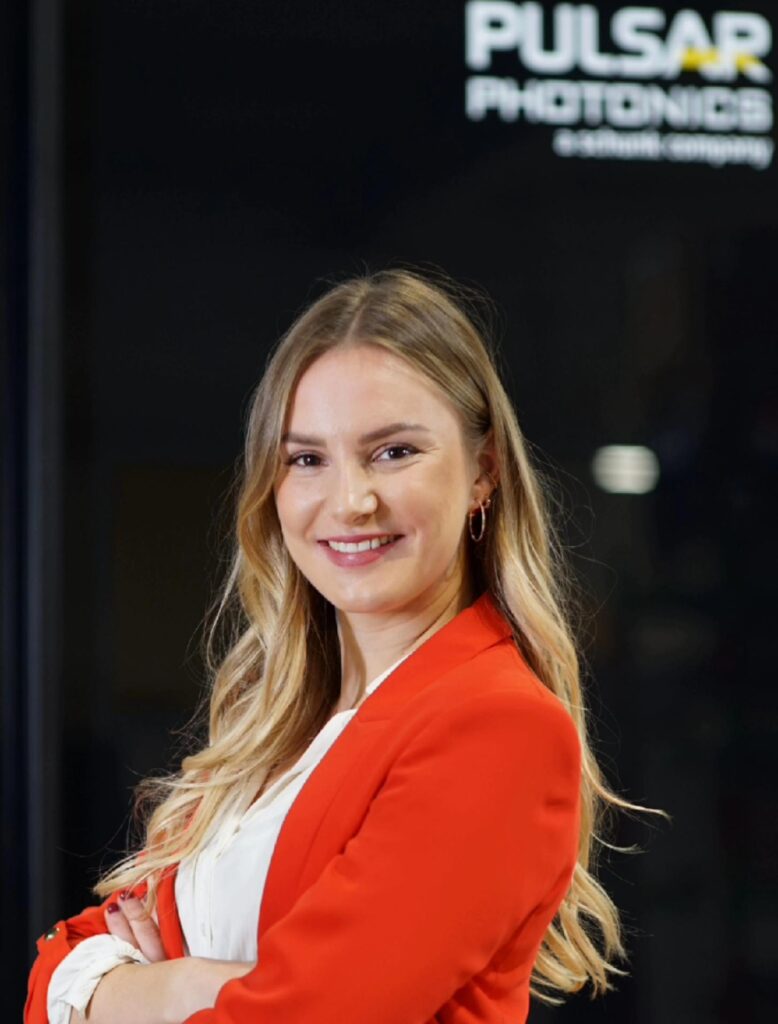
Pressekontakt
Sonja Wichert
Telefon: +49 (0) 2405 49 504 – 36
E-Mail: wichert@pulsar-photonics.de
Pulsar Photonics GmbH
Alte Würselener Str. 13
52080 Aachen
